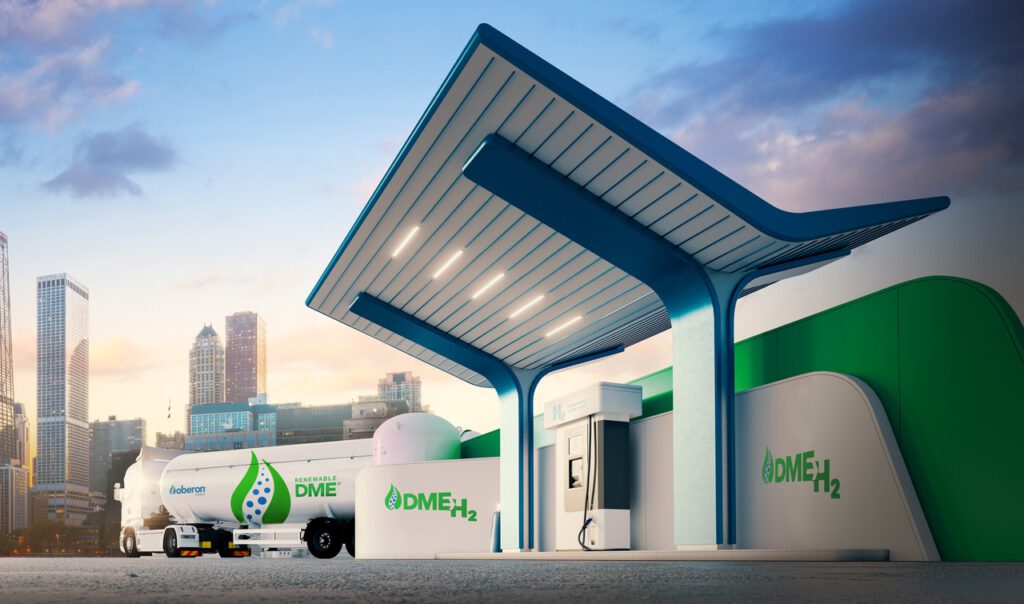The World is Defossilizing
The world is rapidly moving away from fossil fuels due to consumer pressure, government regulation and environmental, social and governance (ESG) investing. In July 2021, the European Union unveiled its new climate plan and the United States has set goals for a 50-52% reduction from 2005 levels in economy-wide net greenhouse gas pollution by 2030.
It’s not just governments setting aggressive targets: so-called “net zero” goals are becoming commonplace among major employers and businesses around the world. According to Deloitte, the percentage of investors who applied ESG principles to at least a quarter of their portfolios grew from 48% in 2017 to 75% in 2019.
Hydrogen is the Future
In response, the world needs new forms of clean energy. Hydrogen is fast becoming a promising option. Investment is exploding: according to UBS, hydrogen could make up 10% of global energy consumption by 2050, fueled by upwards of $1 trillion of investment.
For all the excitement and promise of the hydrogen economy, however, two significant challenges exist. First, nearly all of the hydrogen produced today uses fossil energy, negating the benefits of the resulting fuel. Second, transporting hydrogen through existing pipelines faces challenges, given the cost of retrofitting. Moreover, a current anti-pipeline sentiment among some consumers means new pipelines may not be feasible. The industry needs to find innovative paths to renewable hydrogen that can be moved and stored at scale in a cost-effective manner.
Enter Renewable Dimethyl Ether
Dimethyl Ether (DME) produced from traditional methanol has been used for decades as an environmentally safe, non-toxic aerosol propellant and as a propane blend. Renewable DME (rDME) can be produced domestically from a variety of feedstocks, including dairy biogas, food waste, and waste streams from industrial processes.
Oberon Fuels is currently the only commercial producer of rDME in the world at its facility in Brawley, a community in Southern California’s Imperial County. Overall, rDME offers a 68-101% reduction in greenhouse gas emissions. The California Air Resources Board (CARB) estimates dairy biogas-based rDME made by the Oberon process has a carbon intensity of -278, meaning it’s a seriously carbon-negative fuel.
Oberon’s first commercial markets will blend rDME with propane for transportation fuel and other industrial uses to reduce the carbon footprint of LPG.
DME’s even greater benefit may be in unlocking the hydrogen economy. This is because each DME molecule contains six hydrogen atoms, which makes DME an excellent “carrier” for hydrogen. And because DME has properties similar to propane, it can be stored and transported in the same infrastructure already in place for the LPG industry.
The only piece of the puzzle that does not yet exist commercially is how to extract those six hydrogen molecules and make them available for use in fuel cell vehicles. In June 2021, the U.S. Department of Energy announced grant funding to a joint project between Oberon Fuels and Los Alamos National Laboratory to do just that. The project’s aim is to scale-up steam reforming technology to produce renewable hydrogen (rH2) from rDME.
It builds on a previous “bench-top” demonstration of a DME steam reforming process conducted by researchers at the Laboratory, which produced 0.018 kg of hydrogen per day. The goal is to boost production to 25 kg per day — a greater than 1,300-fold increase in hydrogen production capacity. The modeling and findings of this project will be used as the foundational underpinnings to further scale the process from 25 to 500 kg of renewable hydrogen per day, which exceeds what an average hydrogen filling station currently uses daily for light-duty vehicles.
This novel approach to producing hydrogen flips the current model on its head. Rather than use fossil energy to create hydrogen at a central source and distribute via pipeline or tube trailer, Oberon promises to produce renewable DME from a distributed network of source facilities using renewable or waste material, transport it using existing, low-cost, mobile infrastructure, and convert it to hydrogen fuel at the fueling station.
In this future, today’s propane bobtails and tankers are tomorrow’s hydrogen transporters. Today’s natural gas pipelines are tomorrow’s renewable hydrogen pipelines. Today’s propane workers are the hydrogen workforce of the future. Today’s dairy farmers are tomorrow’s hydrogen feedstock suppliers. Today’s off-grid, rural propane consumers are tomorrow’s hydrogen users.
And this single molecule might just be the key to unlocking it all.
Check out Oberon CEO Rebecca Beaudreaux’s episode of The Green Podcast.

